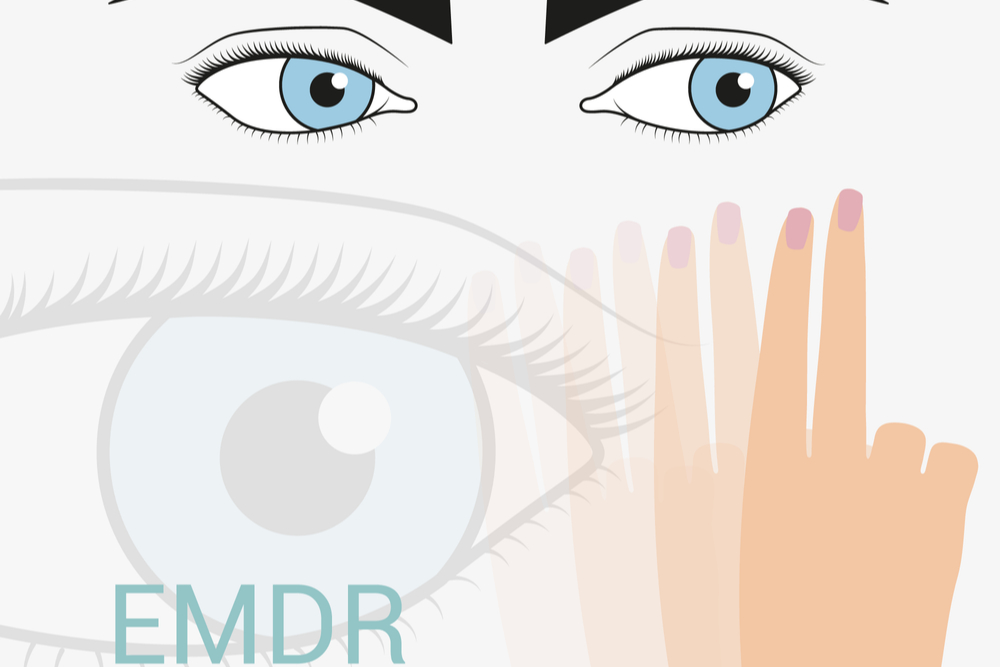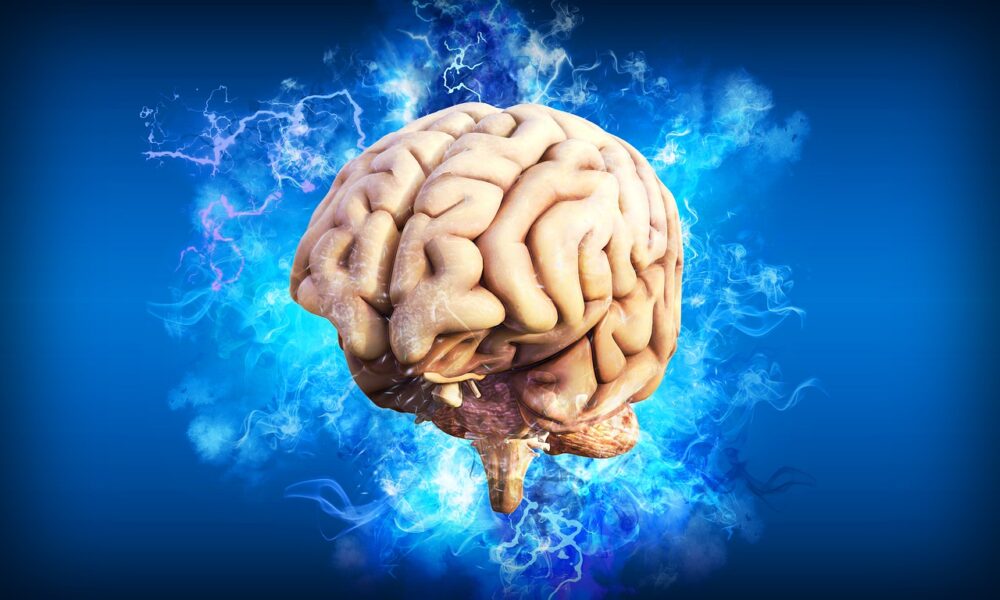What Is EMDR?
Courtesy of EMDR International Association.
 Eye Movement Desensitization and Reprocessing, or EMDR, is a modern and nontraditional form of therapy that helps people heal from disturbing life experiences and uncomfortable sensations.
Eye Movement Desensitization and Reprocessing, or EMDR, is a modern and nontraditional form of therapy that helps people heal from disturbing life experiences and uncomfortable sensations.
First developed in the 1980s by Francine Shapiro, EMDR therapy was created to help individuals suffering from post-traumatic stress. Because EMDR is a highly effective treatment for PTSD, it is often used for survivors of military combat, assault, and accidents.
In addition to targeting trauma, EMDR can be helpful for a wide range of mental health conditions and disorders. Today, Eye Movement Desensitization and Reprocessing targets symptoms of depression, anxiety, panic, and other forms of distress.
EMDR Therapy Can Help Where Other Interventions May Have Fallen Short
Whereas other treatments used to treat mental health struggles (such as medication) only work for as long as they are taken and can sometimes have adverse side effects, EMDR therapy is a demonstrated gentle, safe, and effective method. Research suggests that the results of EMDR are long-lasting and that those who use it are less likely to relapse than those who use medication or other forms of therapy.
Not to mention, EMDR works quickly. Data collected by The EMDR Institute show that up to 90 percent of trauma survivors eliminated symptoms after three sessions and that a majority of participants experienced “very positive” outcomes after six sessions.
With EMDR, our clients can experience the benefits of psychotherapy that typically take years to make a difference.
How does EMDR work?
Oftentimes, our traumatic memories get stored and locked deep in our bodies. That’s why certain triggers can affect our senses—sight, sound, touch, and smell—and create disturbing flashbacks and negative associations. In some cases, these sensations may lead to a fight-or-flight response that conjures up a disturbing memory or traumatic response.
Eye Movement Desensitization and Reprocessing helps clients access stored memories, create new associations, and reprocess the event. Using rapid bilateral eye movements or audio cues, EMDR therapy frees up the neural pathways locking the memories in and neutralizes them. This allows clients to gain perspective on their trauma and symptoms so that they can heal.
The EMDR Process In Eight Phases
- History taking – a discussion between the client and therapist about presenting issues and goals for treatment
- Preparation – the therapist details what EMDR therapy looks like and how it works; this phase includes creating specific coping techniques for the client to access in moments of distress
- Assessment – target event (the traumatic memory) is identified alongside associated images, sensations, and beliefs
- Desensitization – otherwise known as the first step in reprocessing the memory, the client follows bilateral stimulation (either with eye movement or sounds) as they focus on the traumatic experience, continuing until the client’s distress level is reduced
- Installation – replacing negative beliefs/sensations with positive ones until fully integrated alongside the memory
- Body scan – the client checks in with their body to ensure that trauma response has been neutralized
- Closure – reprocessing steps are repeated until the client can maintain a neutral association with the memory
- Re-evaluation – each successive session, the EMDR therapist checks in to address recently reprocessed memories and creates new target memories in therapy
Because EMDR helps clients reprocess painful memories and bring them to a resolution, this therapy provides a rare opportunity to integrate traumatic experiences with standard memories—removing the uncomfortable sensations and associations attached to trauma. And over time, healthy responses replace counterproductive thoughts and behaviors.
EMDR is an empowering treatment. Not only does it help to remind clients that they are always in control of their emotional response but because it doesn’t require the verbal reprocessing of a traumatic event, EMDR is considered gentler than other approaches.
EMDR Therapy At The Relationship Suite
We have witnessed our clients transform into more adaptable, less distressed individuals no longer controlled by trauma. Using EMDR, we have helped clients in New York City and New Jersey to:
- Reorganize their thoughts around trauma and painful experiences
- Let go of anxiety-provoking memories as neural pathways are cleared
- Develop new and more positive beliefs about themselves
Because trauma keeps us stuck in a cycle of distress, it can tremendously impact mood, relationships, and self-confidence. But EMDR creates a pathway to lasting relief as it removes barriers created when traumatic events take place.
Lasting Healing On A Deep Level
Our therapists use a wide variety of emotion-focused and trauma-informed therapies, including EMDR, to help individuals and couples heal from PTSD, anxiety, and other mental health challenges.
If you want to find out more about EMDR or schedule a complimentary consultation with one of our therapists in New York or New Jersey, please call (917) 273 – 8836 or contact us via our site.




